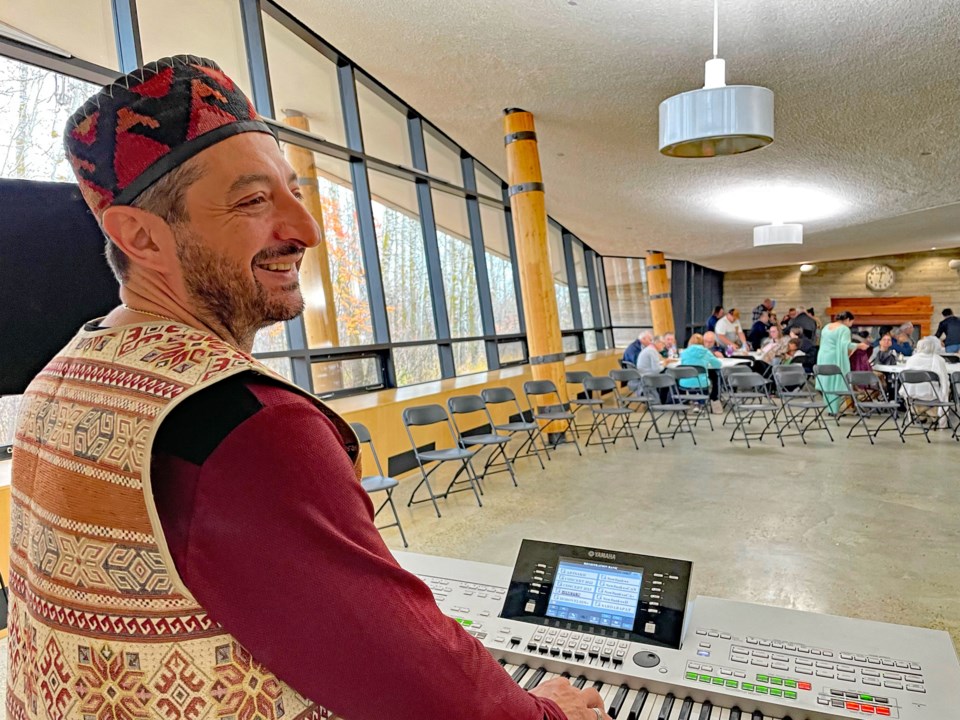INNISFAIL – Amidst a growing need to secure a reliable labour pool for future economic growth, the Town of Innisfail is getting on board with a Red Deer-based immigration society’s plan to conduct a feasibility study to determine if there is a need to create a Central Alberta Zonal Immigration Partnership.
If realized, the regional partnership proposed by the Red Deer-based Care for Newcomers society; an established regional immigrant settlement organization, would be the first ever of its kind for smaller communities, including Innisfail, in the Central Alberta region.
The issue was originally brought to Innisfail town council’s attention at its regular meeting on Jan. 22 through a presentation by Gordon Shaw, manager of community development services for the Town of Innisfail.
Council was asked to endorse a recommendation to approve a letter of support for the Town of Innisfail’s desire to participate in a feasibility study to be conducted in the 2025 – 2026 fiscal year.
“Care for Newcomers plays a strong role in Central Alberta as an established immigrant settlement organization, providing valuable services and programs for optimal settlement and integration of newcomers in our region,” said Mayor Jean Barclay in her letter of support.
“In their current role as the fiscal agent for the Red Deer Local Immigration Partnership, they have proven to value collaborative efforts and have worked closely with many other local agencies through programming and resource sharing.”
The motion before council was approved unanimously with an understanding the proposed project would come at no financial cost to the Town Innisfail.
Shaw told council the Government of Alberta anticipates by the year 2026 that 80 per cent of the province’s population will be within the Edmonton, Red Deer and Calgary corridor.
“So that means there's going to be a lot of people coming into the region,” said Shaw. “Most of the population will be in in the major centres. We anticipate that there'll be people coming into communities such as ours, or to the town of Sylvan Lake or to other smaller size centres around Red Deer.”
He told council that demographics in the past five to 10 years show there is an increasing number of citizens in the 65 age range within the general population.
Council was told the current growth rate is also expected to increase in the next 10 to 20 years.
“Somehow, we have to look at replacing the workforce population, those between 16 and 64. The only way we are able to do that is to be able to have immigration,” said Shaw.
He also noted the Alberta Government initiated the Rural Renewal Stream and Rural Entrepreneur stream immigration programs in 2021 to attract individuals and families to rural communities.
“The success of the Innisfail program may mean that between 2025 to 2027, there may very well be a significant influx of immigrants to this community,” said Shaw.
He said the Care for Newcomers society, formerly the Central Alberta Refugee Effort (C.A.R.E.), presented regional economic development officers in December with a new plan, specifically a feasibility study to create a Zonal Immigration Partnership (ZIP) for smaller communities across Central Alberta.
“In my business, we do a lot of work with what we called the LIPS, that’s local immigration partnerships,” said Coun. Cindy Messaros, who has been employed in the field of workplace and skills development initiatives for the past 35 years. “They (LIPs) end up having a capacity to work to mobilize a lot of resources in the area and produce documents like a workplace inclusion charter that allows employers to sign up for this, and it gives them a set of steps so they know what to do.
“It creates that infrastructure and it's an opportunity for mobilization,” added Messaros. “I think this is a fantastic idea. It's a great opportunity. These particular calls for proposals only come up once every five years.”
In a report to council LIPs have been recognized as a best practice for newcomer settlement and integration since 2010.
LIPs have been supported by the National LIP Secretariat since 2008, and funded mainly through Immigration, Refugees and Citizenship Canada.
More than 80 LIPs, or ZIPs, have been established in Canada, which includes the Red Deer Local Immigration Partnership in 2016.
In its report for a ZIP in Central Alberta, the Care for Newcomers society said LIPs provide a collaborative framework in the broader community to facilitate the development and implementation of sustainable solutions for the successful integration of newcomers.
As well, said the society, they ensure newcomers can participate fully in all aspects of community life and Canadian society, and they create a welcoming and inclusive community that embraces its diversity.
LIPs are also mandated to understand the needs of newcomers and provide access to a full range of services and programs.



